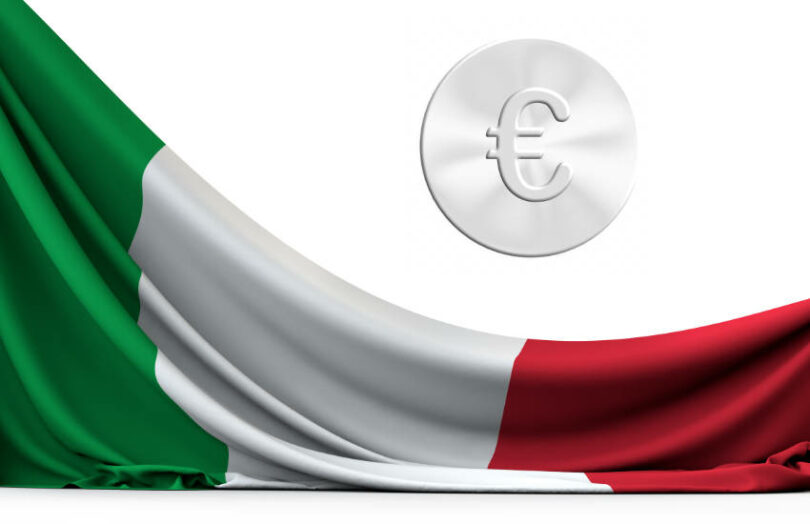In a speech last week, the Deputy Governor of the Bank of Italy (BofI), Paolo Angelini, outlined why the central bank favors trigger payments for distributed ledger technology (DLT) settlement. The central bank’s position does not stem from rejecting DLT or wholesale central bank digital currencies (CBDCs) in general but rather from the risk of liquidity fragmentation.
During his speech, Mr. Angelini reflected on whether the large-scale adoption of DLT in financial market infrastructures is feasible. And if so, do the benefits outweigh the costs?
He noted that many financial intermediaries are now settling delivery versus payment (DVP) trades using tokenized commercial bank money. While these developments offer a unique opportunity to assess the benefits and disadvantages of DLT, they are not the norm for financial institutions. Most still prefer the safety of traditional securities trading and settlement systems using central bank money.
The Deputy Governor highlighted the necessity of central bank money. “Few if any would trust a large market infrastructure that would bring us back to the seventies, when the term Herstatt risk (a form of counterparty risk) was coined,” Mr. Angelini said. “But this is what would happen if the cash leg of the DVP were settled in commercial bank money.”
Using central bank money to settle DLT transactions will be a necessary condition for the technology’s widespread adoption in market infrastructures. In Europe, central bankers are exploring two alternative models: one that consists of a wholesale CBDC entirely based on DLTs, and another involves a trigger mechanism using the TARGET2 real-time gross settlement system (RTGS). In other words, the trigger mechanism does not have cash on ledger but links out to conventional settlement systems.
The Deputy Governor’s concern is that the first model “could increase the overall liquidity needs of the system”. He sees fragmentation coming from pockets of CBDC potentially locked in different DLT market infrastructures in addition to separating the wholesale CBDC from the TARGET RTGS.
Other central banks have also shared the Bank of Italy’s preference for trigger payments, such as the Deutsche Bundesbank, although their resistance to wholesale CBDCs seems more about operational complexities than fragmentation. And at the commercial level, infrastructures like DekaBank’s SWIAT have also been working on trigger payments for tokenized securities settlement.
Blockchain purists would counter the trigger arguments with a loss of efficiency. With both the securities and cash on ledger, the DLT system gives a full picture of the post trade actions. With trigger payments, reconciliations between separate systems will persist.
Still, Mr. Angelini believes that the benefits of DLT adoption for financial market infrastructure need further investigation. Market interest in asset tokenization is growing, and successful pilots have been completed, but solid evidence in terms of increased efficiency and security is still lacking in his opinion. The central bank is running DLT experiments and received 57 responses to its December call for applications. In particular, the Deputy Governor pointed to the EU’s DLT Pilot Regime, which aims to foster innovation in the processing of tokenized securities.






